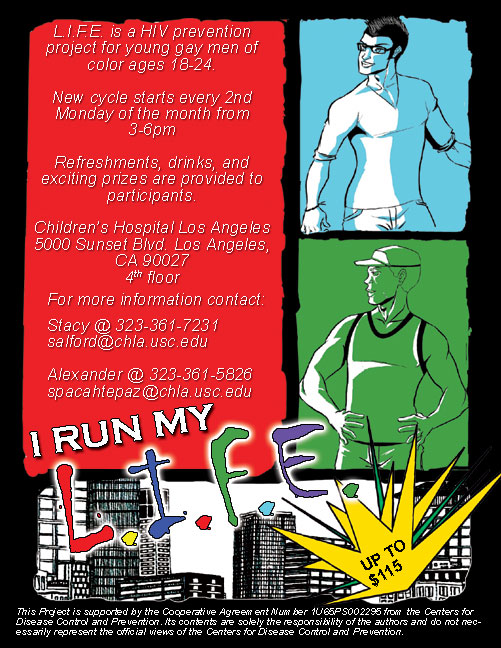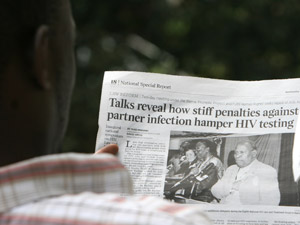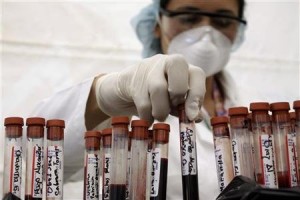By Karen Ravn, LATimes.com 
Twitter. A popular online social network? Yes. A vital tool for medical research? Maybe.
“Until now, healthcare providers have primarily used online networks as a promotional tool,” says Lee Aase, director of the Mayo Clinic Center for Social Media. “We think they can be much more.”
Take the case of a surgeon who tweeted about a novel use of laparoscopy for removing a tumor. “It was a quick way to communicate information versus waiting up to a year to publish a paper,” says Dr. Prasanth Prasanna, a radiologist in Salem, Ore., who has studied the use of social media in the medical profession.
Social media can also play an important role in research that does get published. A paper in the September issue of the Journal of Urban Health demonstrated how a social networking smartphone app could be used to recruit study participants.
“It can be challenging to enroll young gay men in HIVprevention studies,” says lead author Dr. Raphael Landovitz of the UCLA Center for Clinical AIDS Research & Education. So research teams used Grindr, an app popular with young gay men for sexual partnering, to find 375 participants for a survey. Landovitz believes the success of this approach augurs well for the use of such apps in recruiting participants for future studies of HIV prevention and treatment.
The Mayo center encourages the use of social media for research and also for teaching people about healthful habits, something Dr. Nina Shapiro has been doing on her blog (www.drninashapiro.com) and in her Twitter posts for about a year and a half. “It’s a way to give true science-based fact mixed with my opinions,” says Shapiro, director of pediatric ear, nose and throat at the Mattel Children’s Hospital at UCLA and associate professor at the David Geffen School of Medicine there. “I can say things as strongly as I feel them, which I can’t really do in my role as an academic.”
Still, to date, patients have been the ones to jump most wholeheartedly into the social media maelstrom, says Paul Keckley, who tracks these developments as executive director of the Deloitte Center for Health Solutions, a research arm of the accounting firm, in Washington, D.C. “For some patients, it’s an avenue for sharing at a vulnerable time.”
Often, patients recommend — or not — particular doctors or facilities. In fact, this may encourage doctors to practice more patient-centered care, says Dr. James Rickert, the founder and president of the Society for Patient Centered Orthopedics. “Everybody online can find out how well you do with patients. You don’t want people to see you being dissed all the time.”
Alternatively, patients may describe their experiences with particular diseases or conditions. Such patient-to-patient connections can help reduce the sense of isolation many people feel when they’re sick.
In a survey of epilepsy patients on one network, PatientsLikeMe, 30% said that before joining, they didn’t know anyone else with their condition. Of those, 63% got in touch with one or more fellow patients on the site.
Patients can also educate one another. A patient just diagnosed with diabetes can learn a lot from someone who’s been diabetic for 30 years, Prasanna says.
In the survey of epilepsy patients, more than half the respondents reported increased understanding of their seizures after joining the network.
Experts foresee both pluses and minuses as patient use of social media booms. Better-informed patients could change the typical doctor-patient relationship, Prasanna suggests: “Make it less hierarchical, more of a level playing field.”
Of course, we’re talking about the Web, so there could be an epidemic of misinformation too. Watch out for anyone claiming tree bark cured his cancer, Keckley cautions.
Indeed, his concern about unreliable information online — “the usual snake oil for financial gain” — drove Dr. Michael Yeh to start the UCLA Endocrine Surgery blog in 2007. “Initially, I wrote some of my own content,” says Yeh, who directs the UCLA endocrine surgical unit. “But it was very time-consuming, and besides, I discovered that patients are more interested in what other patients have to say.” So now the blog is devoted to patient experiences as told by the patients themselves.
Less productive, perhaps, are some patients’ attempts to use social media to have a closer connection with their doctors. In a 2010 survey of online social network use, about one-third of practicing physicians reported receiving friend requests from patients or their family members. About two-thirds of the physicians said accepting such invitations would not be ethical.
Seems you can be “friends” with just about anybody these days — from Queen Elizabeth II to Lady Gaga — but probably not your doctor.










